Towards a new society brought about by the COVID-19 pandemic;
For a “green wellness city” that satisfies the need for coexistence between nature and urban living
Wataru Tanaka, Principal, Urban Design & Planning Group, Urban Project Department, NIKKEN SEKKEI LTD
(The positions in this article were current at the time of publication.)
Scroll Down
In the spring of 2020, we city dwellers suddenly found ourselves in the days of stay-at-home and work-from-home. But even as we begin to undertake the challenge of a new lifestyle, have we ever been so hungry for an escape to the green outdoors? Walking in the sunshine and riding our bikes, feeling the wind on our faces, and giving thanks to the green graces that reach our five senses. For these last few months, I couldn't help but feel the sincere desire of us humans, who are born from nature, to coexist with the natural world.
I would like to offer a few thoughts about what a “green wellness city” should be like. Cities and nature coexist, and nature forms the backbone of the city. For those of us who live in the city, that ideal is indispensable for the physical and mental health and the social well-being we seek. In other words, green spaces and wellness foster the creation of culture and knowledge for which cities are renowned. They are the source of the city’s vitality.
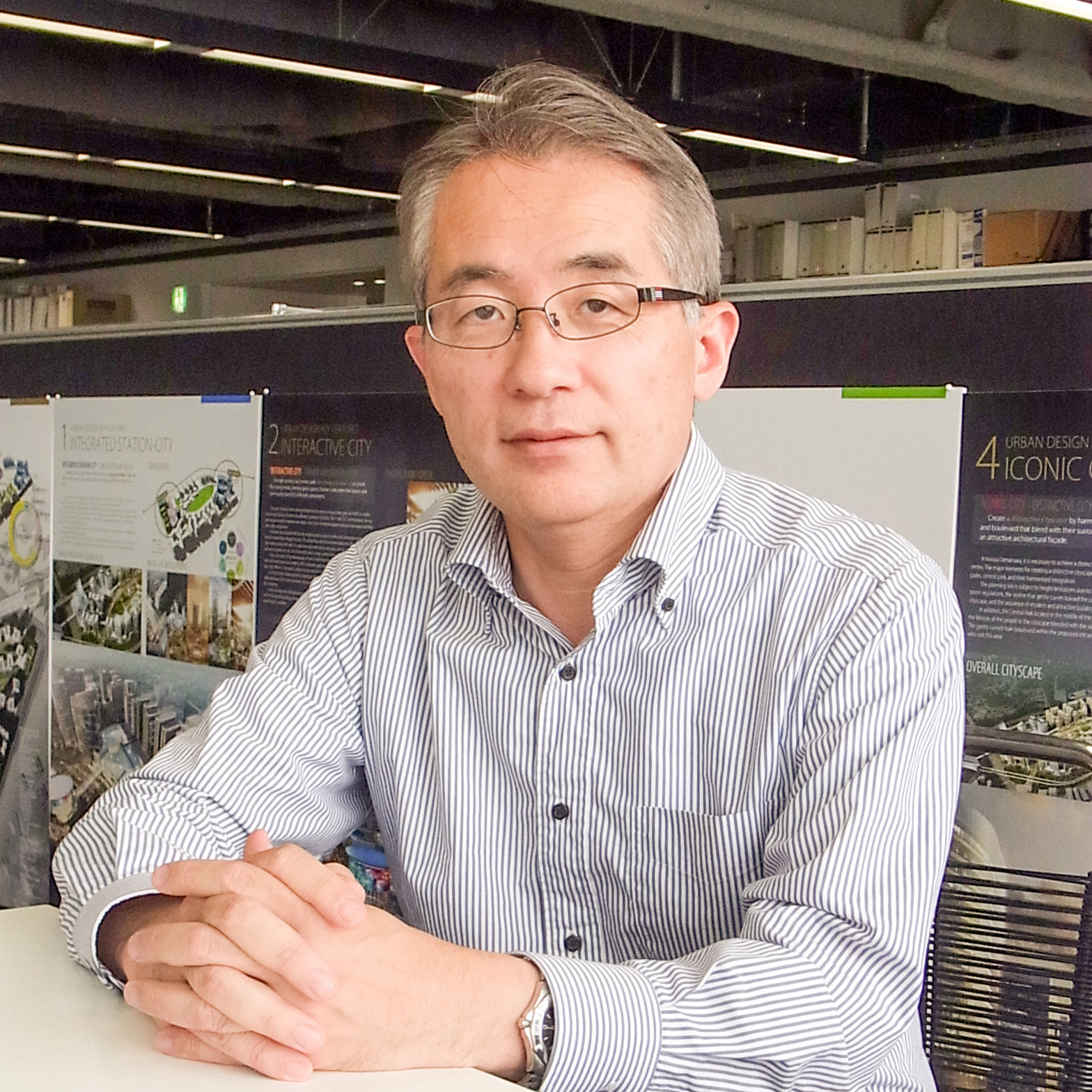 Wataru Tanaka, Principal, Urban Design & Planning Group, Urban Project Department, NIKKEN SEKKEI LTD
Wataru Tanaka, Principal, Urban Design & Planning Group, Urban Project Department, NIKKEN SEKKEI LTD
(The positions in this article were current at the time of publication.)
Wellness in Public Spaces and Cities
In Japan as well, greenery as a public space in cities has been created and conserved in various ways since modernization. During the era of high-economic growth, the national government began issuing requirements and guidance for the greening of private premises, with a view to controlling pollution and conserving the environment.
Today the demand for enrichment of the quality and quantity of green spaces in cities has grown even greater, as a measure to prevent heat islands and to improve the quality of the urban landscape.
The lifestyles and behavioral patterns of city dwellers are changing in tandem with the development of ICT, and many observers view the COVID-19 phenomenon as a turning point that will further accelerate this trend. In particular, the growing interest in wellness will dramatically widen the scope of use of outdoor and semi-outdoor public spaces.
A wide variety of academic and empirical studies have been conducted regarding the health benefits that natural elements in cities, such as green spaces, water and light, bestow on people's minds and bodies. It is a given that green environments can increase human productivity and creativity.
In the future, the perspective of creating green wellness cities focusing on green public spaces full of green plants and the like will be important for the development of cities everywhere.
 An outside public space during the emergency declaration period (photograph by author)
An outside public space during the emergency declaration period (photograph by author)
Importance of a Green Infrastructure
Elements of nature must be introduced into the city actively, not only in networks of parks and green spaces but also in public spaces such as roads, rivers, regulating reservoirs and railroad tracks, redefining these spaces as city-activity and health-promotion infrastructure. Along such green infrastructure routes, wellness-city frameworks can be created by building homes as well as small-scale workspaces, shops, facilities that support local cultures and exchanges, and commons areas.
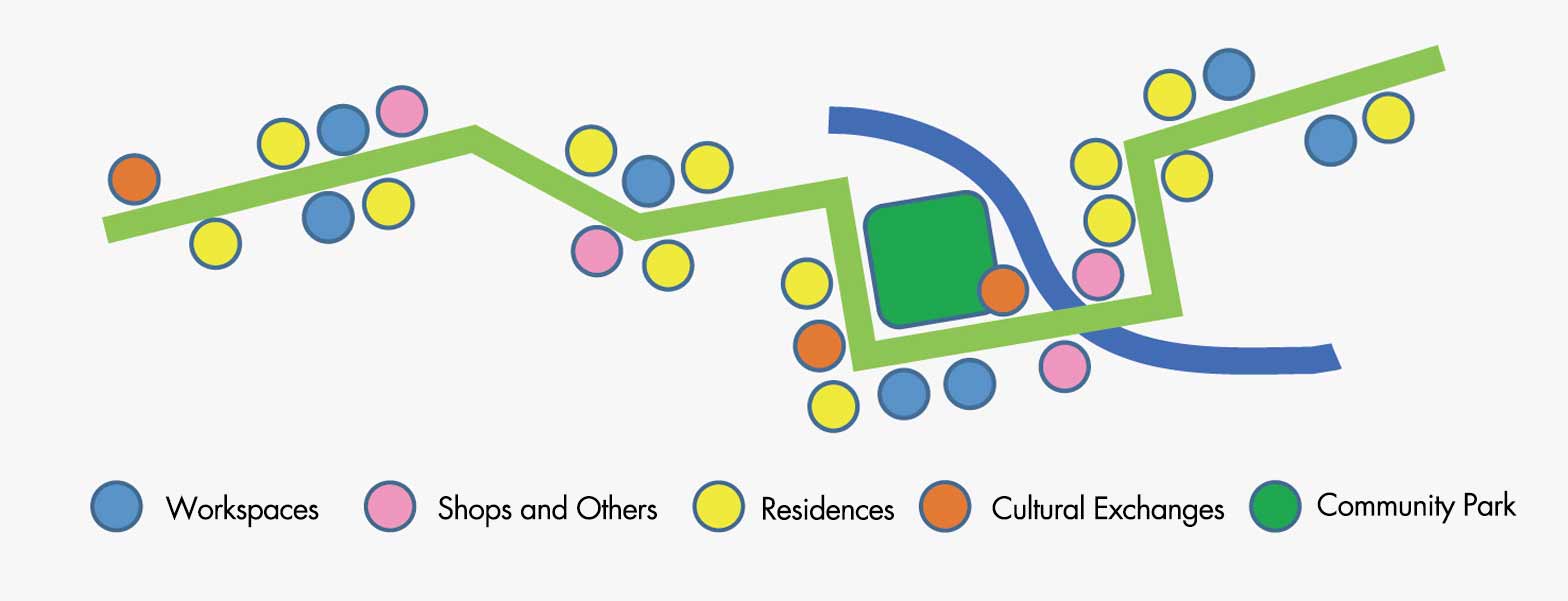 Conceptual View of Green Infrastructure Creating a framework for a Wellness City
Conceptual View of Green Infrastructure Creating a framework for a Wellness City
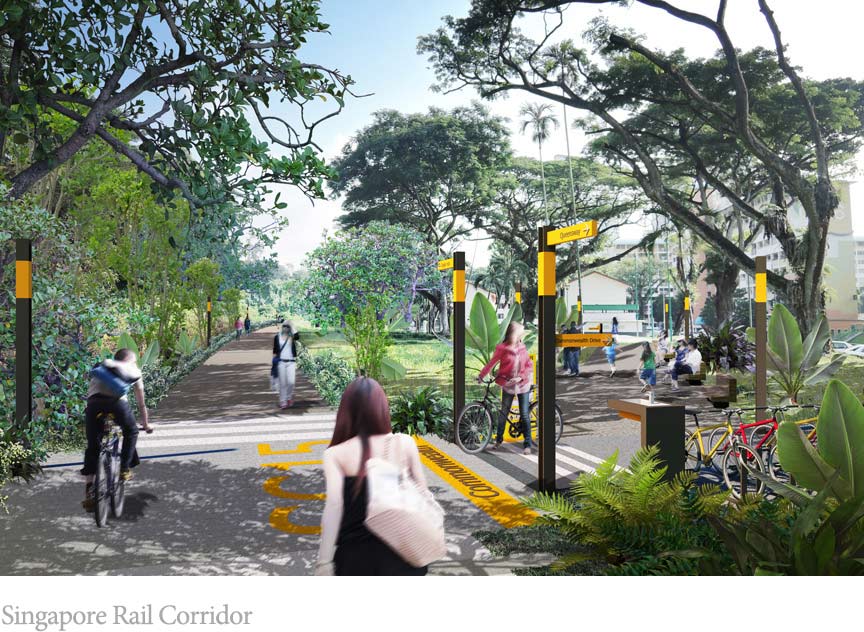
Forming a Micro Business District
In suburbs and regional cities, it is believed that business venues will continue to accumulate in places close to where people live and will be equipped with high-value-added amenities. Specifically, areas like the Micro Business District, a composite urban industrial community with a mixture of various urban functions and natural elements on a smaller scale, will emerge in suburban and local urban centers in multiple locations. Also, in the center of that neighborhood, verdant, human-scale commons and streets will always form as bustling areas and centers of interaction.
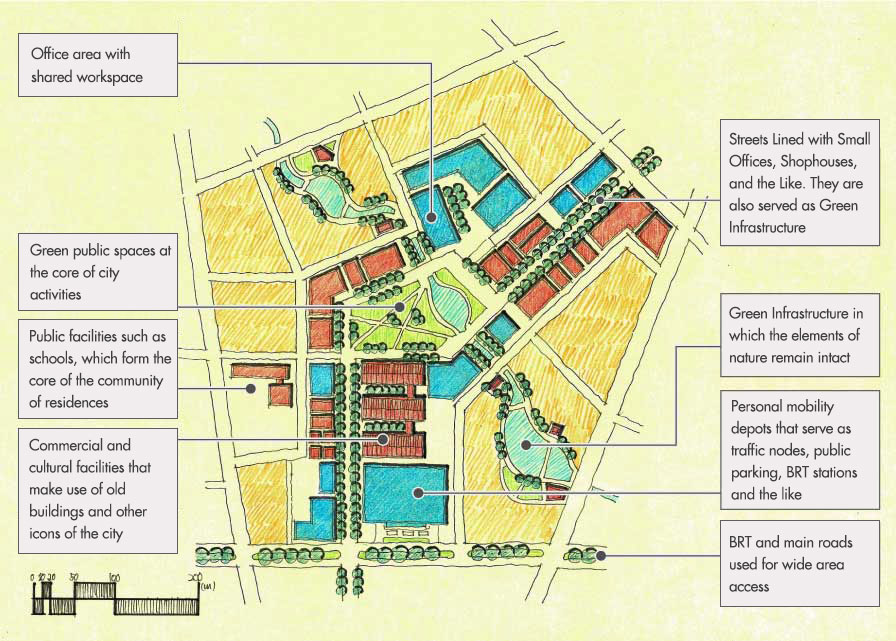 Conceptual View of Micro Business District
Conceptual View of Micro Business District
This green wellness city aims to promote the well-being of society through coexistence between nature and the city. We will continue to showcase the permanent value to society of green wellness cities through detailed proposals.
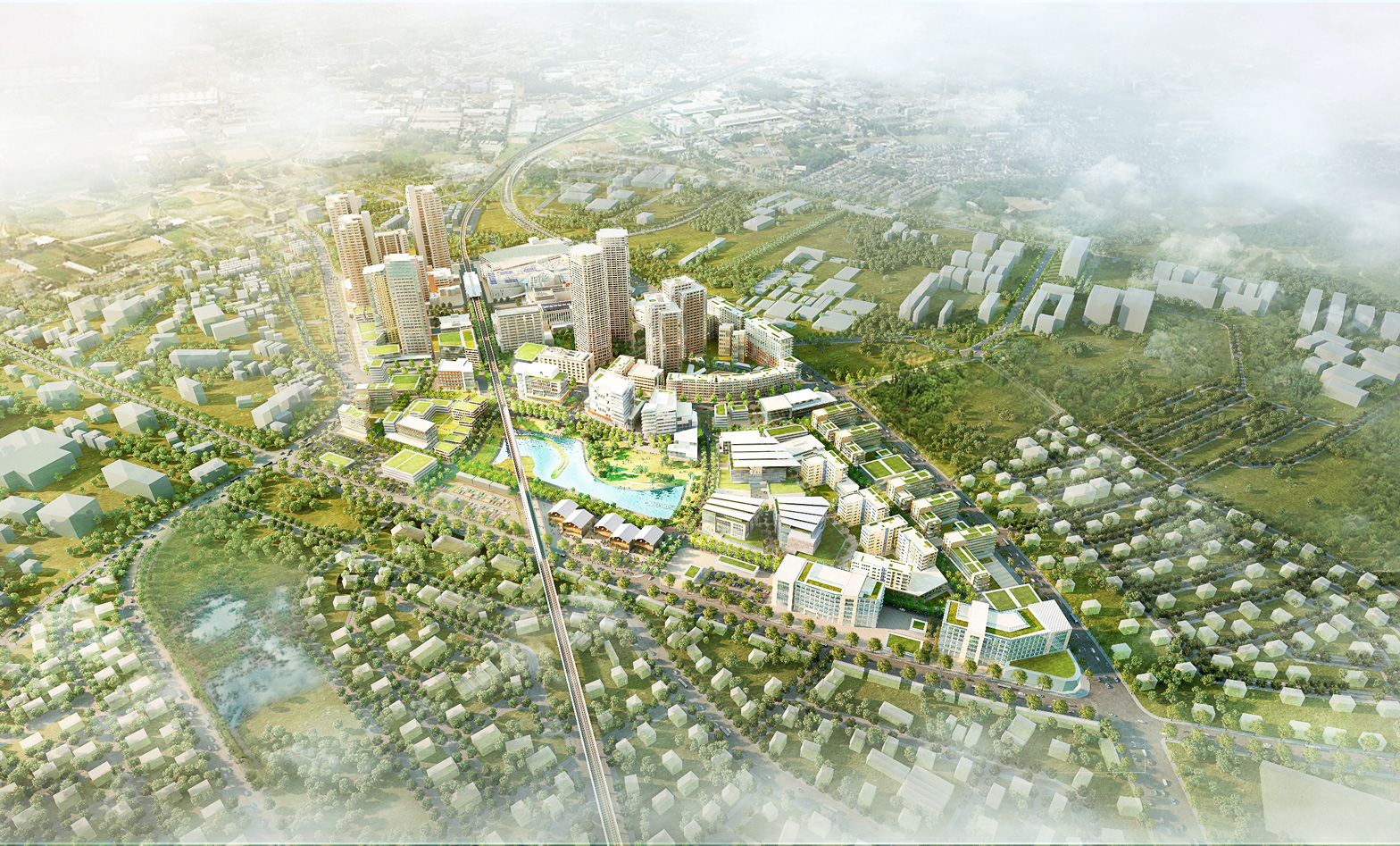 Kashiwanoha Innovation Campus
Kashiwanoha Innovation Campus
